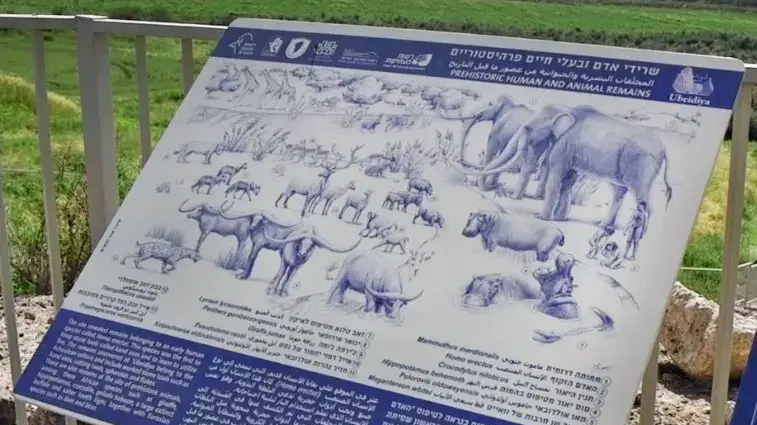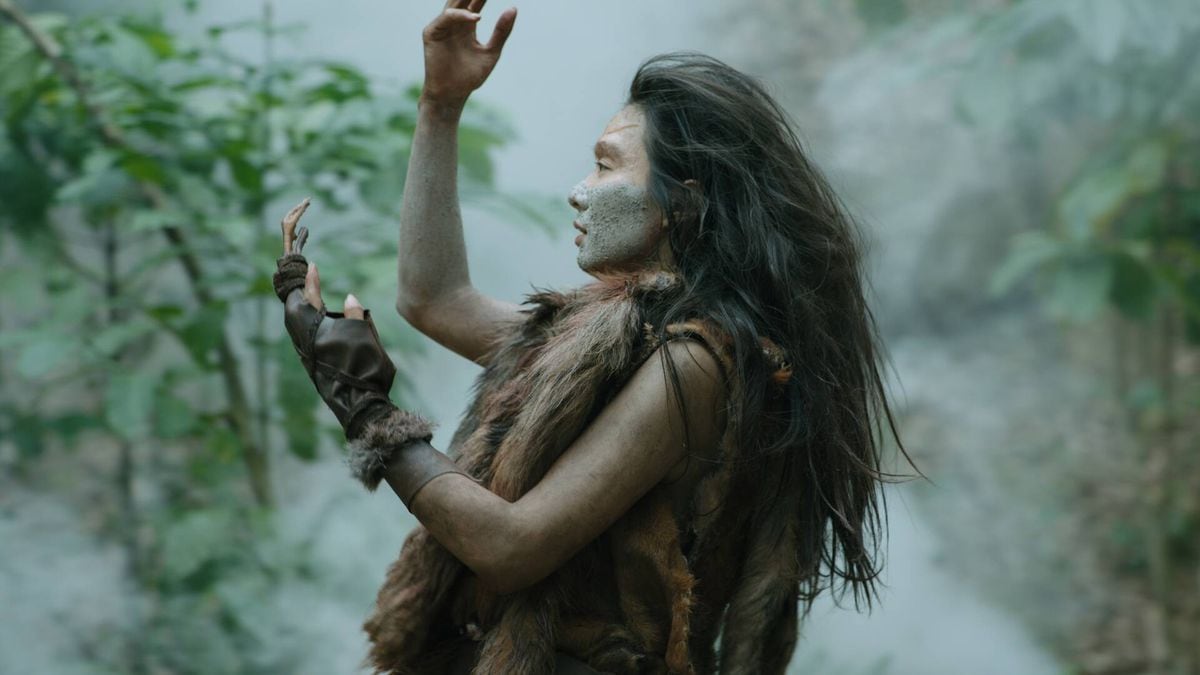Only a few years ago, the Denisova man was discovered. In 2008, Russian researchers found a fragment of a finger bone and teeth from him in southern Siberia. Since then, scientists have been trying to find out more about primitive man. Now a team wants to have reconstructed its appearance.
The basis for the analysis was DNA from the finger bone and teeth. The researchers reconciled the genetic material of the Neanderthal man and modern humans and concluded from this that they are based on external characteristics of the Denisova man.
"We offer the first reconstruction of the anatomy of the skeleton of Denisova primitive man," said author Liran Carmel from the Department of Genetics of the Hebrew University in Jerusalem. "In many ways, Denisova primitive people are similar to Neanderthals, in some ways they are similar to us and in others they are unique."
Maayan Harel / DPA
Reconstruction: "In many ways Denisova primitive man resembles the Neanderthal man"
The Denisova people are a distant Neanderthal sister group. While the Neanderthals lived mainly in Europe and Western Asia, Denisova people moved through East Asia. They probably still lived until about 40,000 years ago in the Central Asian Altai Mountains. To classify: The Neanderthal died about 30,000 years ago.
Wide skull, protruding face
For their analyzes, the researchers now compared how so-called methyl groups are attached to the genetic material of the three human groups. The molecules determine how much a gene is read and thus how much it influences the appearance of a species, for example.
The result: The Denisova man has 56 anatomical peculiarities in which he is different from modern humans and / or Neanderthals. 34 of these features are related to the skull.
Thus, the Denisova man probably had a broader skull than modern humans and the Neanderthals, the researchers report in the journal "Cell". In addition, his dental arch was extended. Similar to the Neanderthal man's face stood out, the pelvis was wider than in modern humans.
Maayan Harel / DPA
The skull of the Denisova man was wider than that of other human groups
The primitive man could also have contributed to the fact that today man has a better immune defense. According to a study published in the journal "Nature Immunology" on Wednesday, modern humans carry a gene variant of the Denisova human, which amplifies a number of immune and inflammatory reactions. This protects humans better, according to researchers, against pathogenic microbes.
Scientists are currently working hard to decipher the appearance of very different human relatives. At the end of August, American scientists published a study reconstructing the face of the oldest pre-human (read more here).















